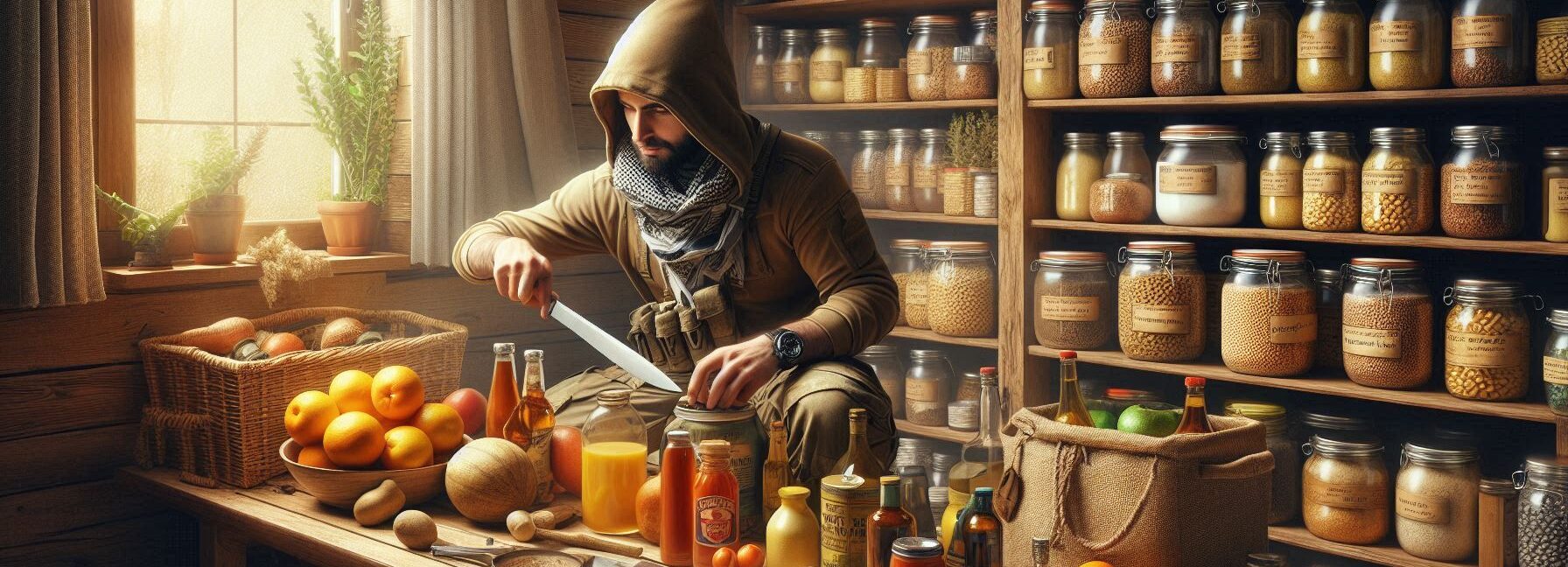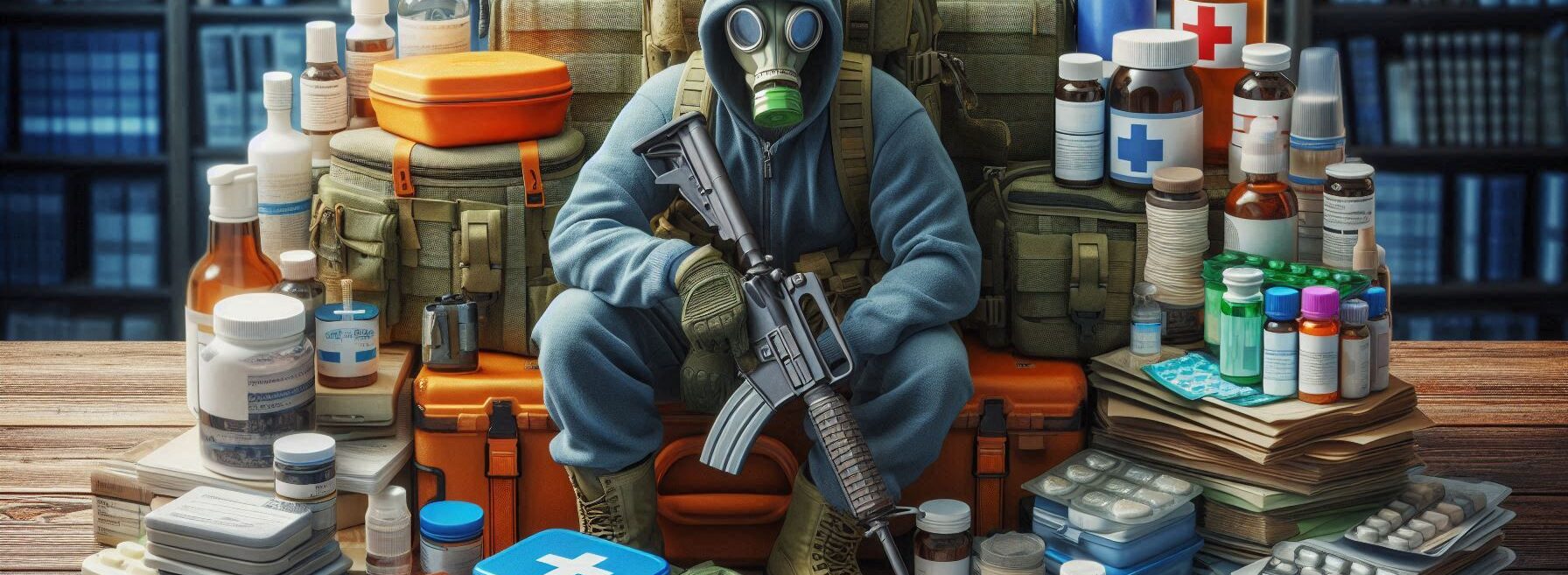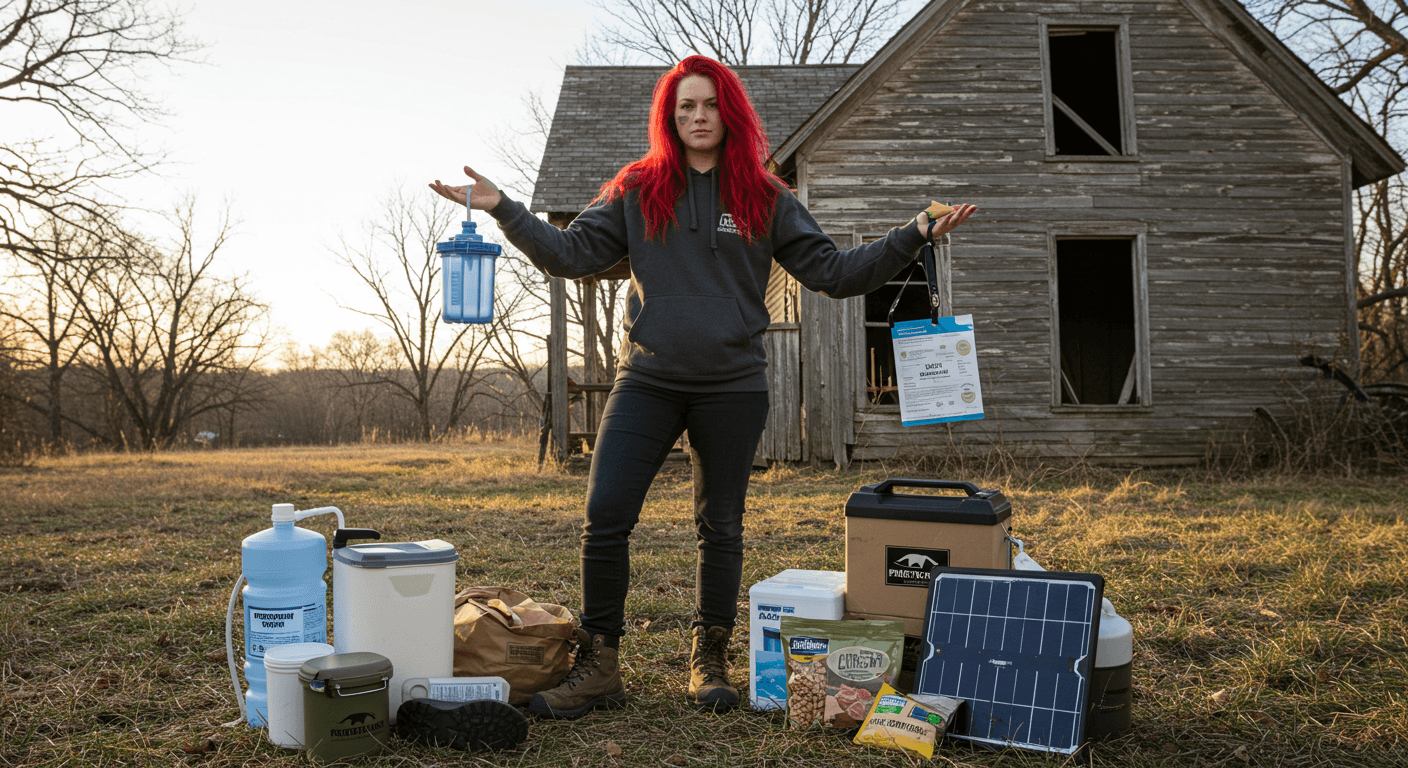Please Note: This post may contain affiliate links. If you click one of them, we may receive a commission at no extra cost to you. As an Amazon Associate, I earn from qualifying purchases.
Last Updated on November 1, 2025 by Kevin Collier
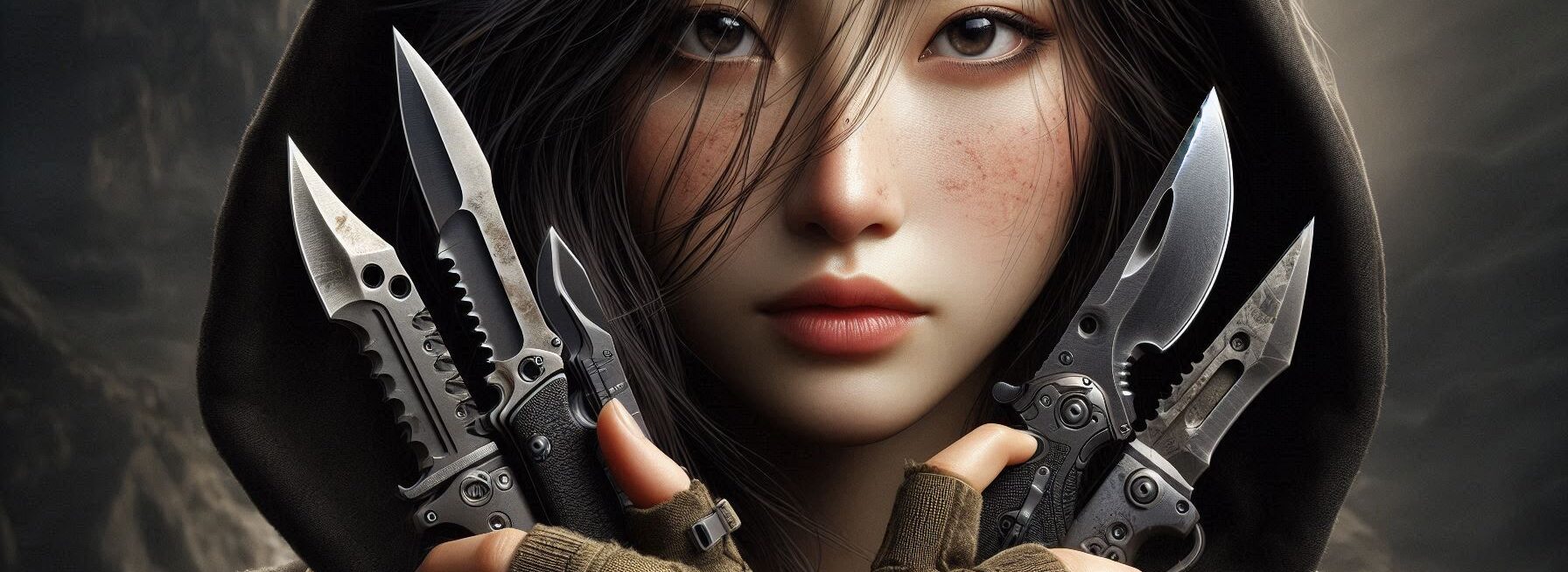
Top Takeaways and Key Concepts
- Choose a fixed‑blade, full‑tang knife between 3–6 inches for versatility.
- Prefer stainless or high‑carbon steel with good edge retention and corrosion resistance.
- Match blade shape to tasks: drop point for general, tanto for piercing.
- Carry in a secure, accessible sheath and practice safe draw techniques.
- Maintain edge and handle: sharpen regularly, oil metal, inspect for damage.
You know those outdoor trips? Whether you’re the super serious prepper type or you just like hanging out by a campfire with friends (and maybe struggling to light it), having the right stuff is key. It can really change the whole adventure.
A good survival knife? Oh man, it’s like your trusty sidekick. You strap it to your belt and suddenly feel like you can tackle anything. Seriously, you could be waving it around like some kind of badass. But then you look at all the knives in the store. It’s like a forest of options, and it gets confusing real fast.
Don’t worry, I got your back. Think about what you need. Are you just cutting some string or maybe slicing up some veggies for dinner? You don’t need the fanciest one on the shelf. A simple, strong knife usually does the trick. It’s about knowing what you'll do with it.
Look for comfort, too. A good grip makes a world of difference. It’s like when you find that perfect pillow and can’t believe you ever slept without it. A knife should feel right in your hand.
And let’s not forget about safety. A knife that’s easy to open and close? Huge plus. You want to play it safe, not become a part of some wild adventure story that ends badly.
So, when you're ready to shop, think about your plan. Keep it simple and useful. Then you’ll feel totally prepared for whatever nature throws your way. Excited, right? You’re gonna rock those outdoor adventures!
What Makes a Good Survival Knife?
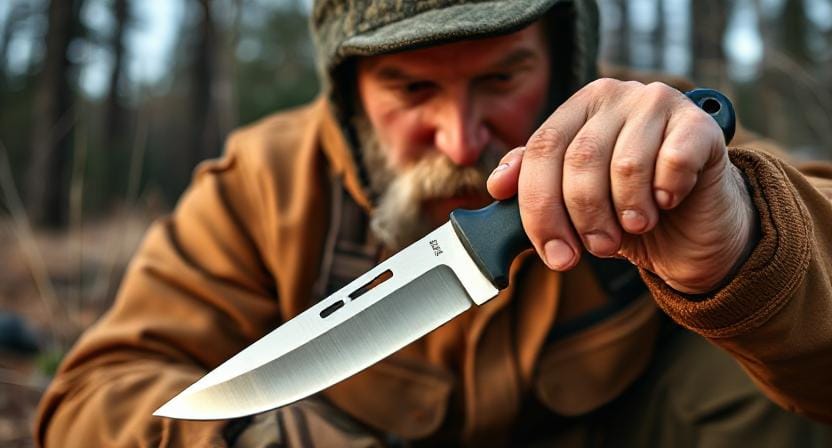
Before we talk about specific models, let's talk about what makes a survival knife really great. If you're going to use this piece of metal in an emergency or to impress other campers, it should have certain important features.
*** Shop for Survival Gear - Tools - Kits ***
Survival Gear - Bags and Backpacks - Knives - Boots/Footwear - Communication
Outdoor Cooking - Gloves - Hydration - Dry Boxes - Water Filtration Systems
Tents - Sleeping Bags - First Aid Kits - Multi-Tools - Flashlights - Fire Starters
Navigation - Survival Food - Night Vision - Headlamps - Stun Guns - Binoculars
First, let's talk about the substance of the blade. Many people say that high-carbon stainless steel is the best material for keeping its edge and lasting a long time. It's like that friend who always brings snacks: dependable and necessary!
The design of the blade is also important. A decent survival knife usually has a fixed blade instead of a folding one. After all, we want our instrument to be ready to use at any time, not hiding in our pocket like a bashful kid at playground!
You want something that is around 4 to 7 inches long. If it's too short, it will feel like you're holding a butter knife, and if it's too long, you'll have trouble fitting it into your pack without poking someone in the eye.
Next, we need to talk about how comfortable the grip is. You don't want your hand to slide off in the middle of a slice unless you want to go to urgent care!
Textured rubber or G10 handles provide you great grip even when they're wet. This is helpful if you've ever tried to cut something while standing on slippery rocks beside a river (something I'm not proud of).
Best Survival Knives
Now that we've talked about what constitutes a good survival knife, let's look at some of the best ones that will make preppers everywhere drool with excitement.
#1. Heavy Duty Knife from Morakniv Companion
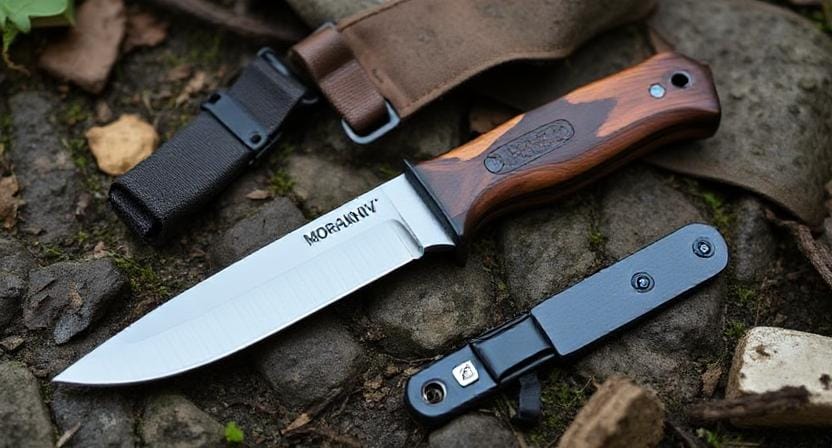
The Morakniv Companion is the first knife on the list. It's a favorite among both outdoor enthusiasts and budget-conscious preppers! This small beauty has a carbon steel blade that can do most jobs without breaking the pocketbook or your fingers trying to pay for it.
It comes with a comfortable grip and a razor-sharp edge, so it's great for everything from cutting cheese to chopping tent posts (because priorities).
You can also buy two for less than $20, one for yourself and one as a “emergency gift” for when your friend forgets their birthday again.
#2. ESEE Izula II
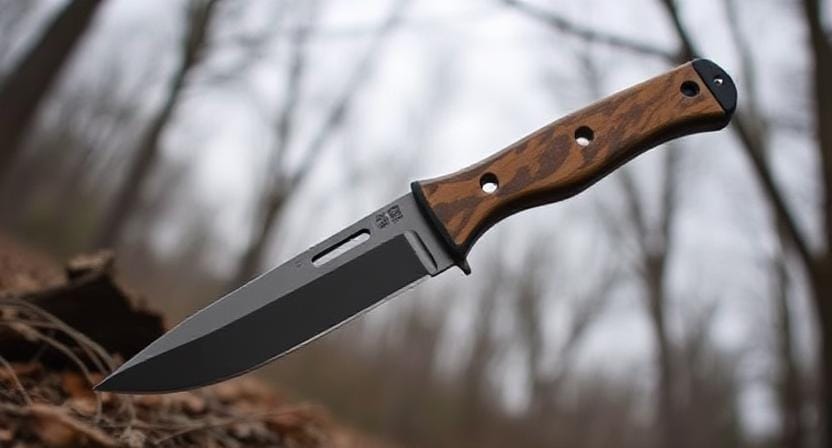
The ESEE Izula II is a good choice if you want something stronger. This knife is famous among survivalists, and not just because its name sounds like a strange animal that lives deep in the jungle!
This small beast is made of high-carbon steel that keeps its edge well. It can take a lot of pounding and is light enough not to weigh down your kit.
What makes this knife so special? It can do so many things! This dependable friend won't let you down, whether you're cooking or making tools out of sticks you find around (which can also help you forget about the end of the world).
#3. KA-BAR Becker BK2 Campanion
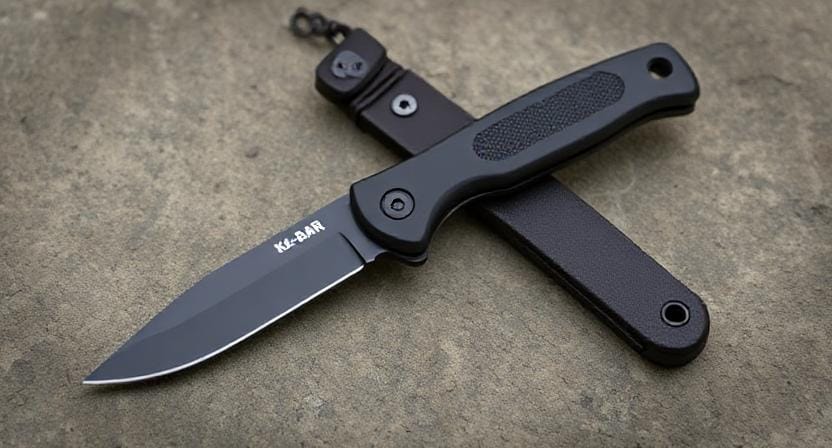
If you want something heavier, try the KA-BAR Becker BK2 Campanion! This knife feels like holding Thor's hammer (if Thor liked camping gear) because it has a thick spine and is heavy.
It's made of 1095 Cro-Van steel, which makes it almost impossible to break. This is wonderful news if you've ever fallen your stuff down cliffs or had problems with renegade bear cubs while hiking!
This big tool is great for cutting wood or splitting kindling, but it might also be used to protect yourself from squirrels that are too interested in your lunch!
Tips for Taking Care of Your Knife
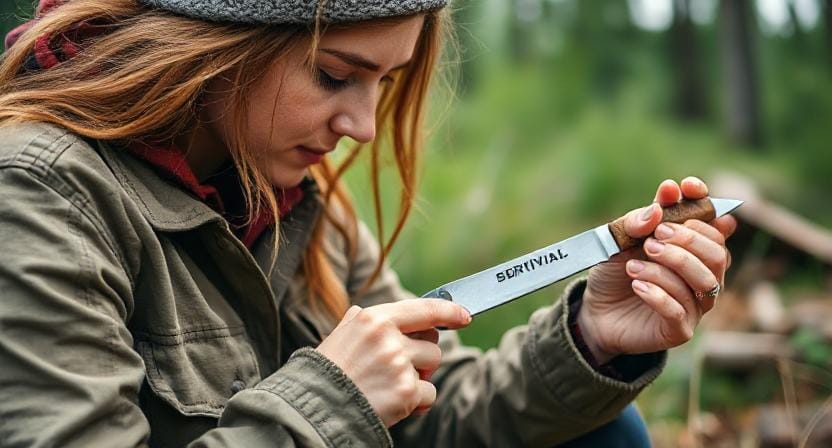
Once you get your hands on one of these beauties (or maybe more than one—you never know!), remember that taking care of it is really important! If you don't take care of your knife, it's like ignoring the strange scent emanating from last week's leftovers: things will go wrong eventually!
First, maintain it clean. Wash off dirt after each usage because no one wants grit ruining their tasty campfire meals or, even worse, becoming caught in cuts while trying out new feats on camping trips that go wrong!
Before putting them away, make sure they are completely dry. You may do this by putting them in sheaths developed just for them or in protective cases made of strong materials that won't get damaged by water.
And don't forget to sharpen your knives with whetstones or ceramic rods every now and again. Trust me, dull blades are no fun unless you're trying to make mushy vegetables!
Conclusion: Choose Wisely
Picking out a survival knife? It’s like choosing that perfect ice cream flavor to go with chocolate cake. You know, they all taste great, but you wanna find the one that makes everything better.
You’ve got options like the Morakniv Companion, which is super handy and easy on the wallet. It’s like finding a great deal on that fave candy. Then there’s the KA-BAR Becker BK2 Campanion. That one’s a heavy-duty beast, almost like the big scoop of vanilla that takes your dessert to the next level.
Having the right knife is a game changer. It can really make tricky situations feel way simpler. Imagine needing to cut something in a sticky situation. With a good knife, it’s like saying, “No biggie, I got this!”
When you’re out there, enjoying the outdoors, having a great knife means you’re less likely to panic. Instead of feeling stressed, you’ll just handle it. Like when you remember where you put your favorite snacks—what a relief, right?
So, think about what you need and grab that knife. It might just help you whip up dinner over a campfire. Or, you know, save your bacon if things get wild. And you’ll look awesome while doing it! Get ready for some great adventures ahead!
Frequently Asked Questions
Why is a fixed-blade knife recommended for survival use?
Fixed-blade designs are stronger, easier to clean, and more reliable for heavy tasks compared to folding knives.
How long should a survival knife blade be?
Many experts recommend between 3–6 inches because this range balances control, weight, and cutting power.
Which blade steel is best for preppers?
High-carbon or stainless steels are popular because they offer edge retention, durability, and corrosion resistance in outdoor conditions.
Do blade shapes make a difference in performance?
Yes. Drop point blades are good general-purpose tools, while tanto blades excel at piercing and precision tip tasks.
What is the purpose of a full-tang design?
Full-tang means the steel runs through the handle, increasing strength and preventing breakage under load.
How should a survival knife be carried safely?
A secure belt sheath ensures fast access and prevents accidental injury while moving through terrain.
How do I maintain my knife in the field?
Regular sharpening, light oiling of metal surfaces, and inspecting the handle for cracks keeps your knife reliable over time.
Suggested Resources:
Best Survival Knives
https://www.survivallife.com/best-survival-knives/
The Ultimate Guide to Choosing Survival Knives
https://www.outdoorlife.com/ultimate-guide-to-survival-knives/
Knife Care Basics
https://www.knifecenter.com/knife-care-basics

Kevin Collier is a seasoned survivalist and expert in prepping and homesteading, contributing to WiseSurvive.com. With a deep-rooted passion for self-sufficiency and outdoor survival skills, Kevin shares practical advice, strategies, and resources to help individuals prepare for any challenge. His informative articles cover a range of topics, from essential survival techniques to sustainable living practices, empowering readers to thrive in any situation. Whether you're a novice or a seasoned prepper, Kevin's insights will inspire you to take charge of your readiness and build resilience for the future.

